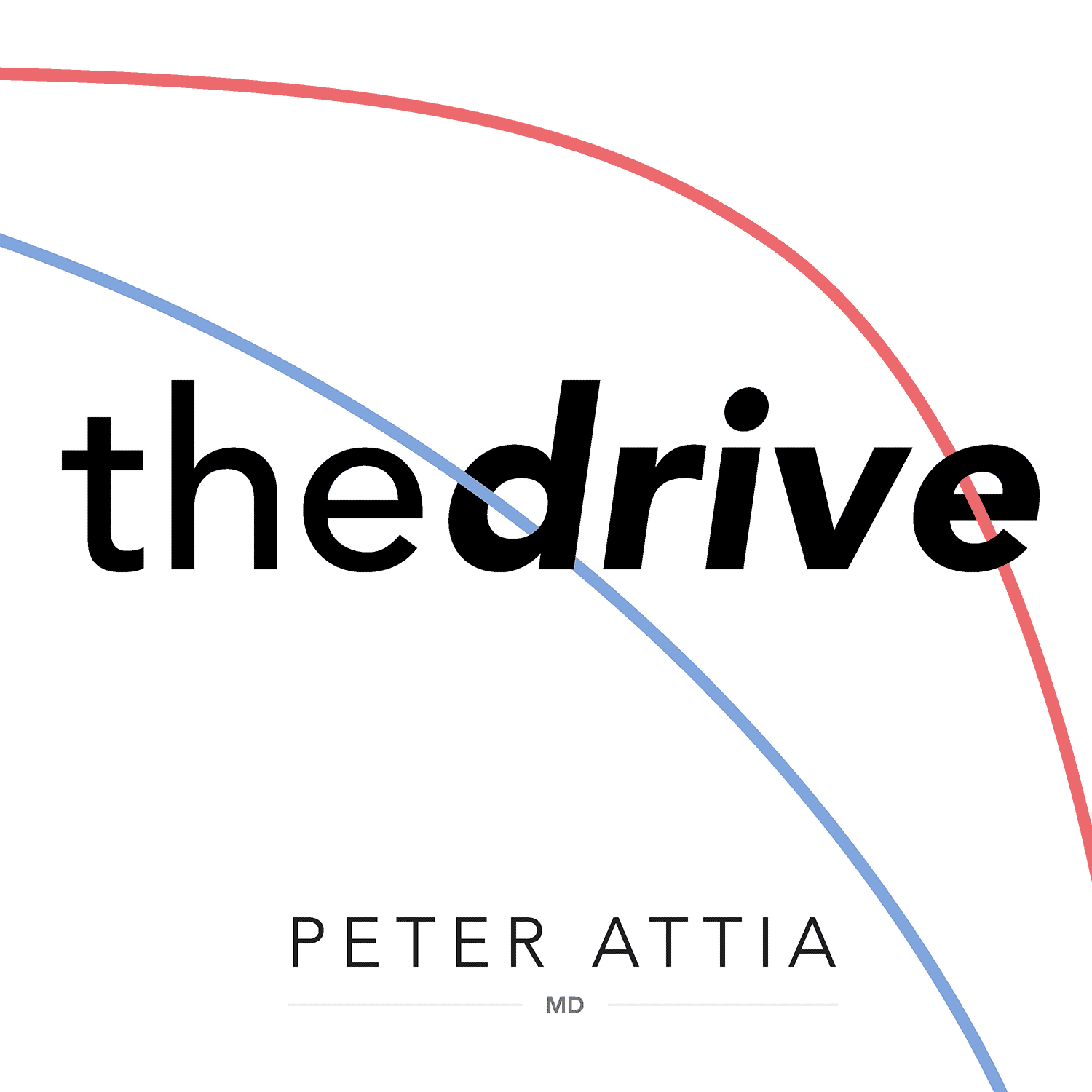
February 3, 2025 • 2hr 17min
#334 - Cardiovascular disease, the number one killer: development, biomarkers, apoB, cholesterol, brain health, and more | Tom Dayspring, M.D.
The Peter Attia Drive

Key Takeaways
- Atherosclerotic cardiovascular disease (ASCVD) is the leading cause of death globally for both men and women
- ASCVD develops over decades, starting in childhood with fatty streaks that can progress to dangerous plaques
- ApoB-containing lipoproteins are the key drivers of atherosclerosis - measuring apoB gives the best indication of cardiovascular risk
- Risk factors include both modifiable (smoking, high blood pressure, high apoB) and non-modifiable (age, genetics, family history)
- Brain cholesterol is produced locally and managed differently from peripheral cholesterol - statins may affect brain cholesterol differently than body cholesterol
- New therapeutics targeting apoB and Lp(a) show promise for reducing cardiovascular risk
Introduction
Tom Dayspring, a renowned expert in clinical lipidology, discusses the foundations of atherosclerosis, exploring how the disease develops, key risk factors, and the critical role of apoB-containing lipoproteins. He also covers brain cholesterol metabolism and emerging therapeutics.
Topics Discussed
Understanding Atherosclerotic Cardiovascular Disease (2:45)
Atherosclerosis involves the deposition of cholesterol in artery walls, particularly affecting smaller arteries supplying the heart and brain. Two main mechanisms can lead to problems:
- Gradual narrowing of arteries through cholesterol buildup
- Sudden rupture of plaques leading to rapid clotting and blockage
- Small arteries are particularly vulnerable due to their size - even minor obstruction can cause problems
Disease Development and Timeline (10:45)
ASCVD develops silently over decades, with early signs visible even in childhood:
- Fatty streaks can be present in children as young as 4-8 years old
- Development is gradual but continuous throughout life
- First symptoms often don't appear until significant damage has occurred
- About 50% of men experience their first cardiac event before age 60
Risk Factors vs Risk Markers (17:30)
Important distinction between causal risk factors and risk markers:
- Causal risk factors:
- Age (non-modifiable)
- Smoking
- High blood pressure
- High apoB
- Risk markers:
- Inflammatory markers (CRP)
- Calcium scores
- Various biomarkers
Role of ApoB in Atherosclerosis (29:45)
ApoB is the key protein involved in atherosclerosis:
- One ApoB molecule per atherogenic lipoprotein particle
- Measuring apoB gives direct count of atherogenic particles
- ApoB particles can enter artery walls and initiate plaque formation
- Different types of apoB particles vary in atherogenicity:
- LDL (most common)
- VLDL
- Remnant particles
- Lp(a)
Early Detection Challenges (46:15)
Current limitations in detecting early atherosclerosis:
- Calcium scoring only shows advanced disease
- CT angiogram requires significant plaque buildup
- Inflammatory markers lack specificity
- Need for better early detection methods
Lipoprotein(a) and Cardiovascular Risk (55:30)
Lp(a) is a particularly dangerous form of LDL:
- Genetic basis - affects about 20% of population
- 7-8 times more atherogenic than regular LDL
- Currently limited treatment options
- New therapeutics in development
Brain Cholesterol Metabolism (1:36:30)
Brain manages cholesterol differently from the rest of the body:
- Local production - brain makes its own cholesterol
- Blood-brain barrier prevents peripheral cholesterol entry
- Astrocytes produce cholesterol for neurons
- Different lipoprotein system using ApoE
Impact of ApoE Genotype (1:46:00)
ApoE variants affect brain health:
- Three variants: E2, E3, E4
- E4 associated with increased Alzheimer's risk
- Affects brain lipoprotein function
- May influence response to therapy
Statins and Brain Health (1:57:30)
Complex relationship between statins and brain function:
- All statins can cross blood-brain barrier
- Population studies show neutral or positive effects on cognition
- Individual responses may vary
- Multiple alternatives available if needed
Future Developments (2:09:30)
Exciting advances on the horizon:
- New PCSK9 inhibitors
- Oral formulations in development
- Better diagnostic tools
- Improved understanding of HDL functionality
Conclusion
Understanding of ASCVD continues to evolve, with apoB emerging as the key marker for cardiovascular risk. Multiple therapeutic options now exist for managing lipids, and new treatments are in development. Brain cholesterol metabolism represents an important frontier for research, particularly regarding cognitive health and statin effects.